A history of excellence.
1938
Marek Brothers begins installing and supplying drywall for customers
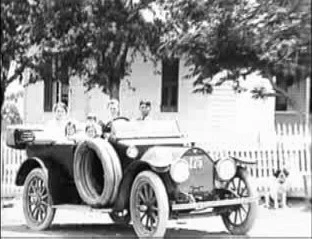
1940s
Pause for WWII service, relaunch after war
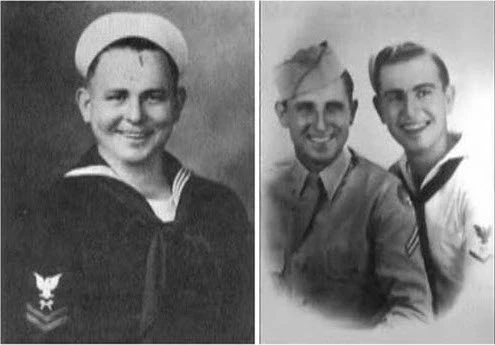
1956
Stanley Construction is founded as a residential building developer
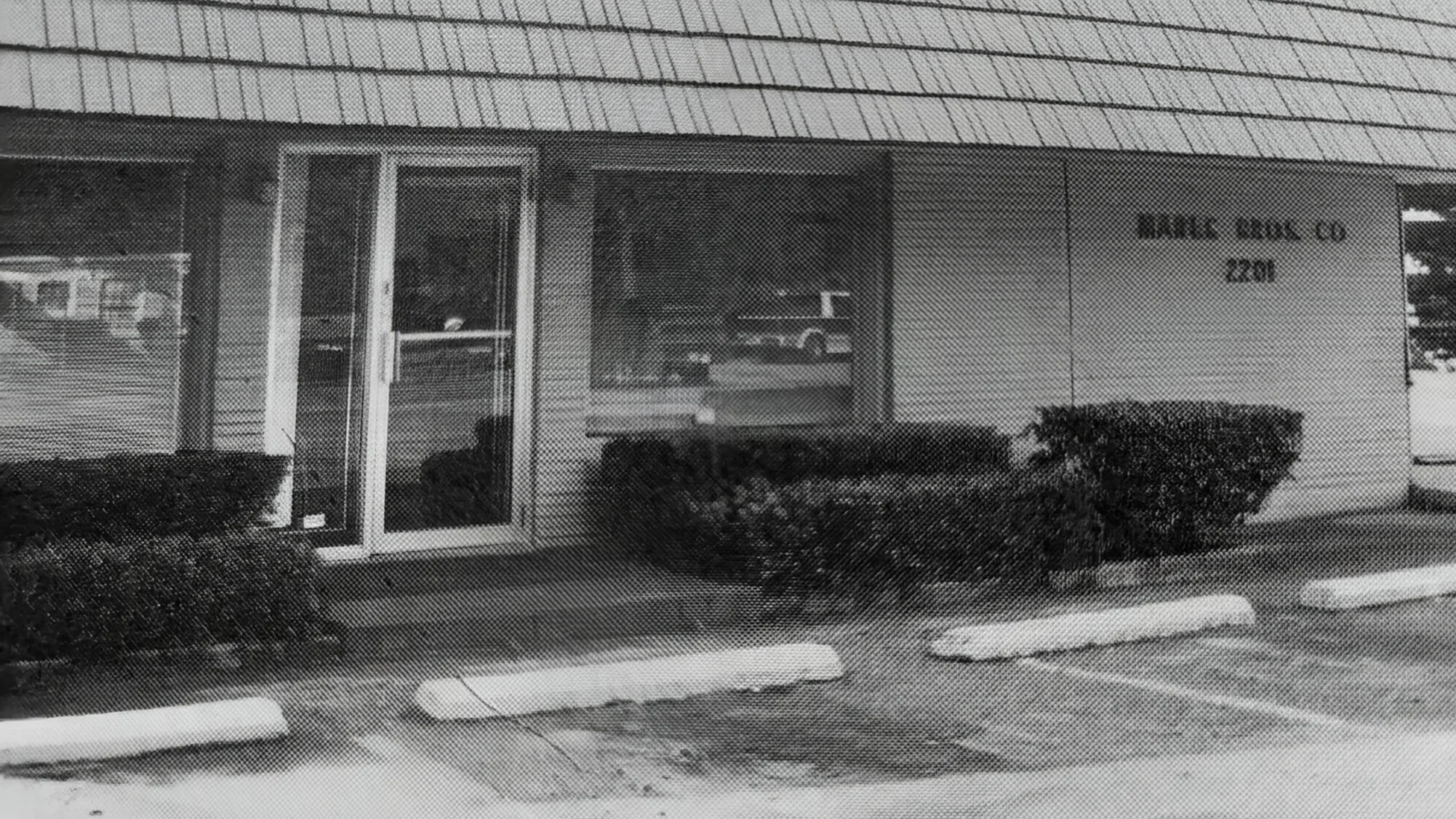
1957
MAREK’s first residential development – Bluebell Village

1961
MAREK enters into commercial construction
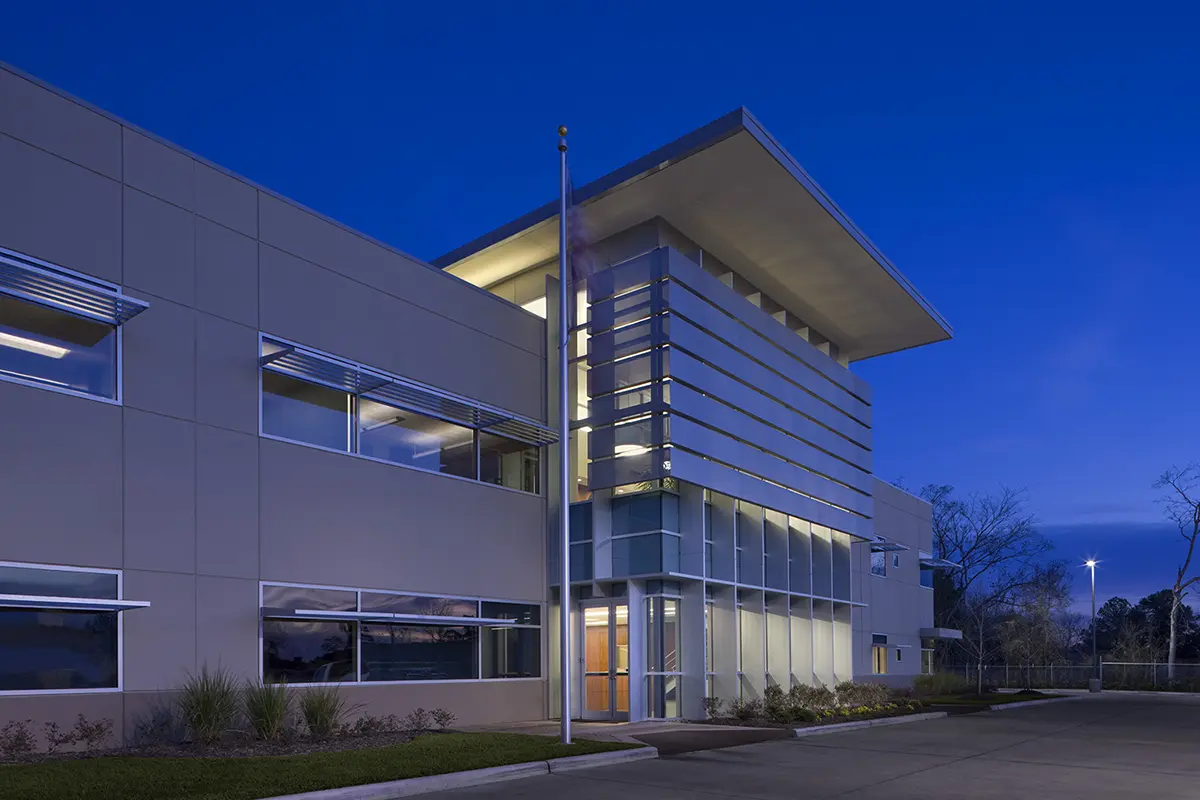
1962
Oak Forest Lumber is founded to streamline drywall purchasing and storage
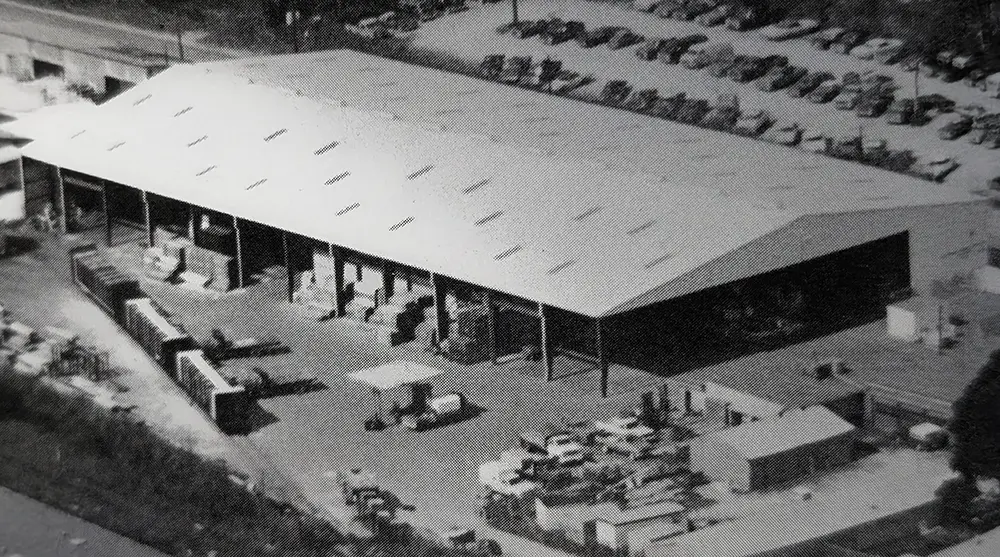
1963
Windsor Theatre – Marek’s first commercial project
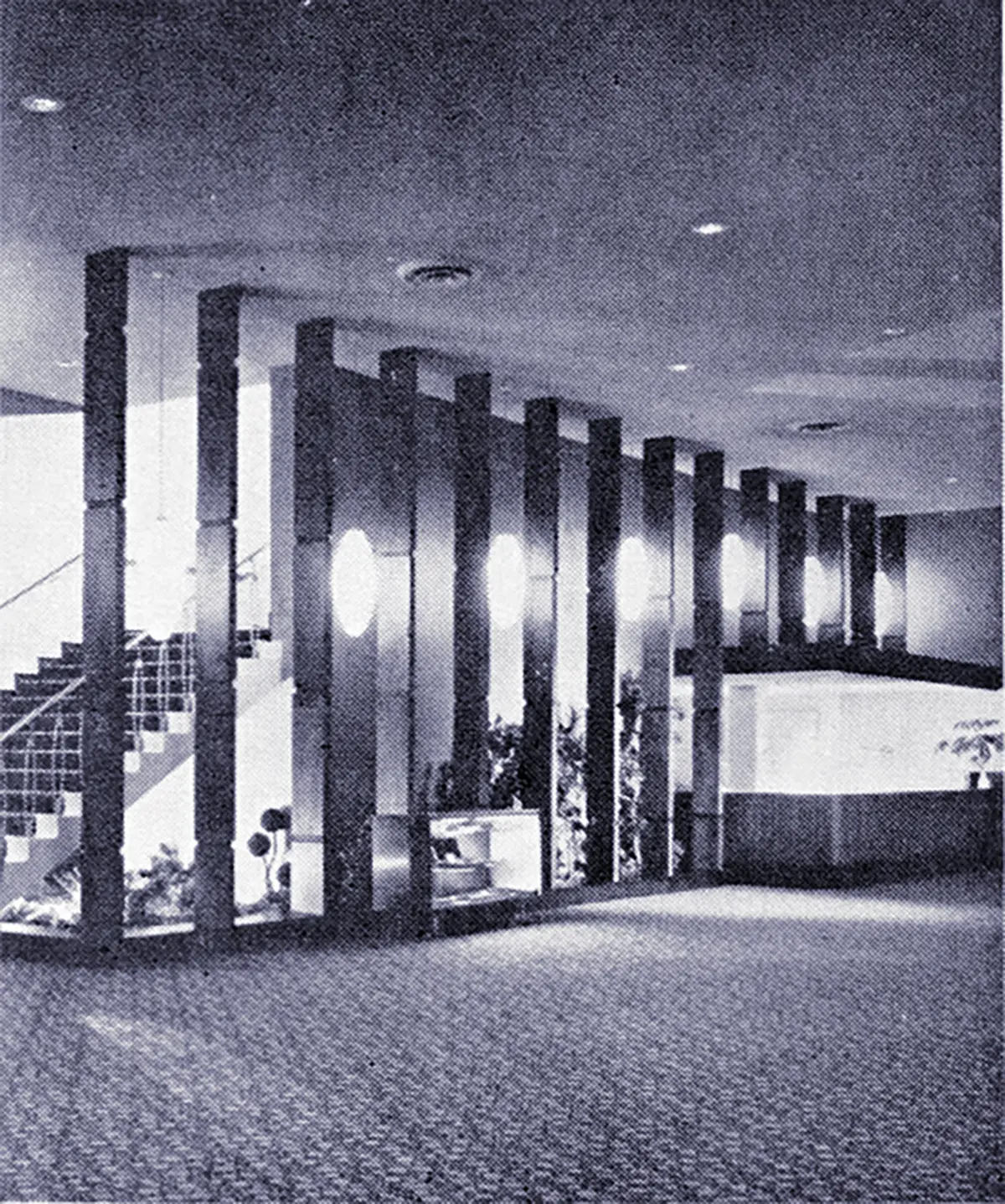
1966
Service Award – Ralph Marek honors employees at the service awards
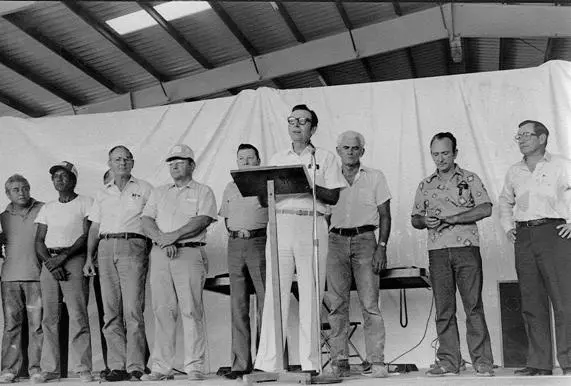
1977
San Antonio branch established

1977
Austin branch established
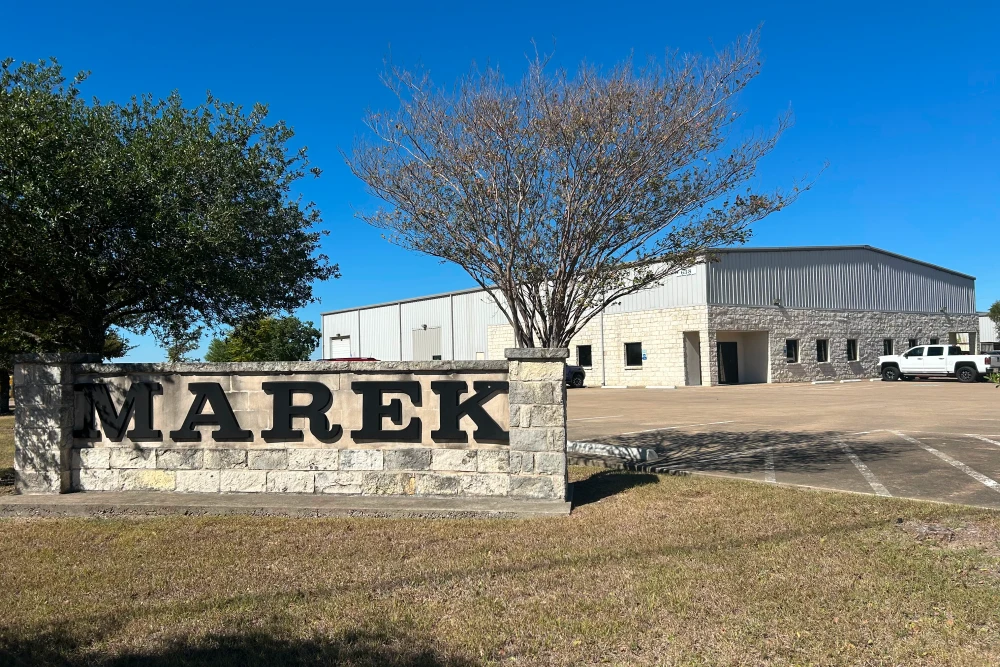
1978
Riverwalk Marriott – San Antonio completes their first commercial project
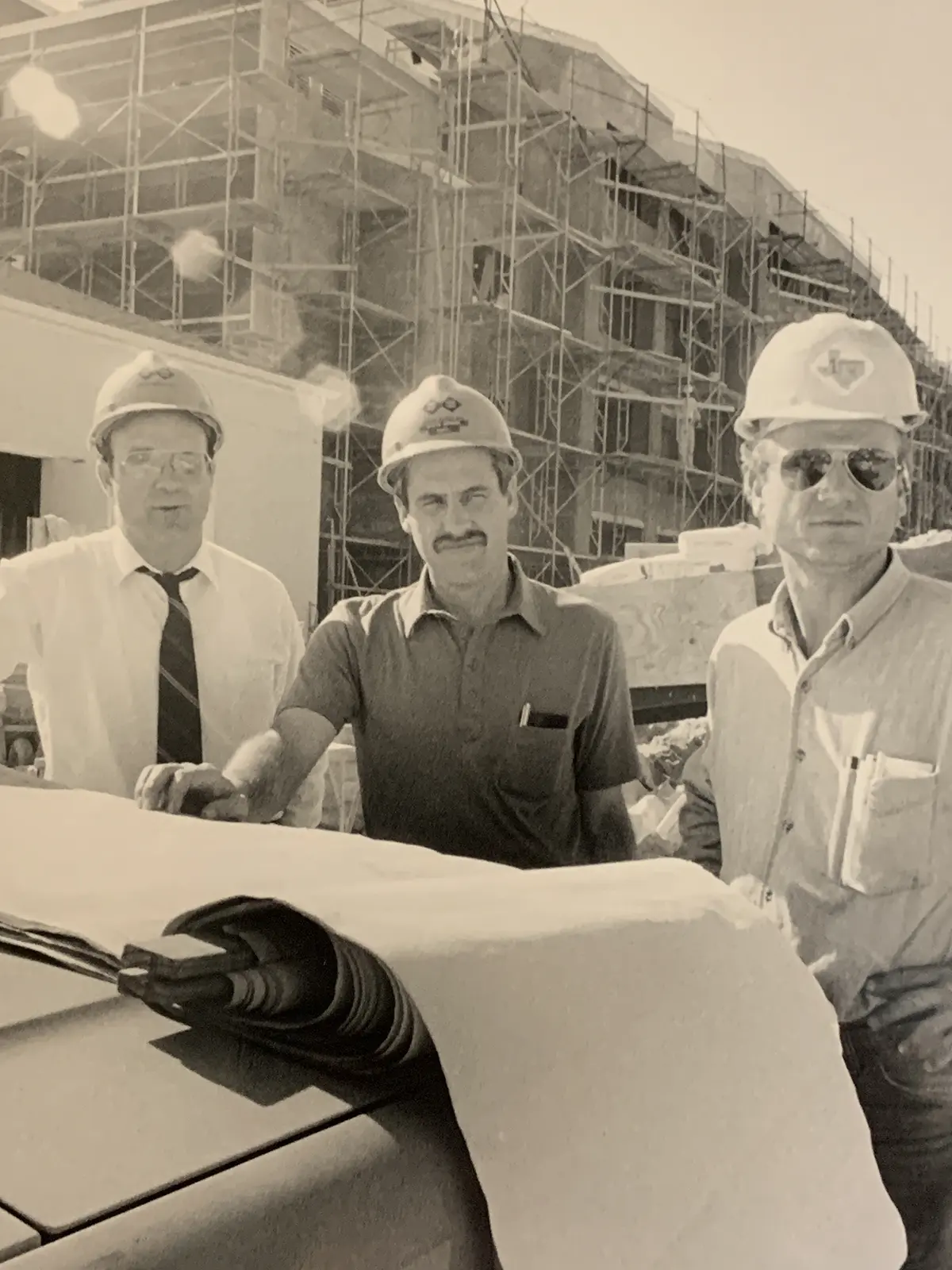
1979
Dallas branch established

1981
Galleria 1 – Dallas’ first project
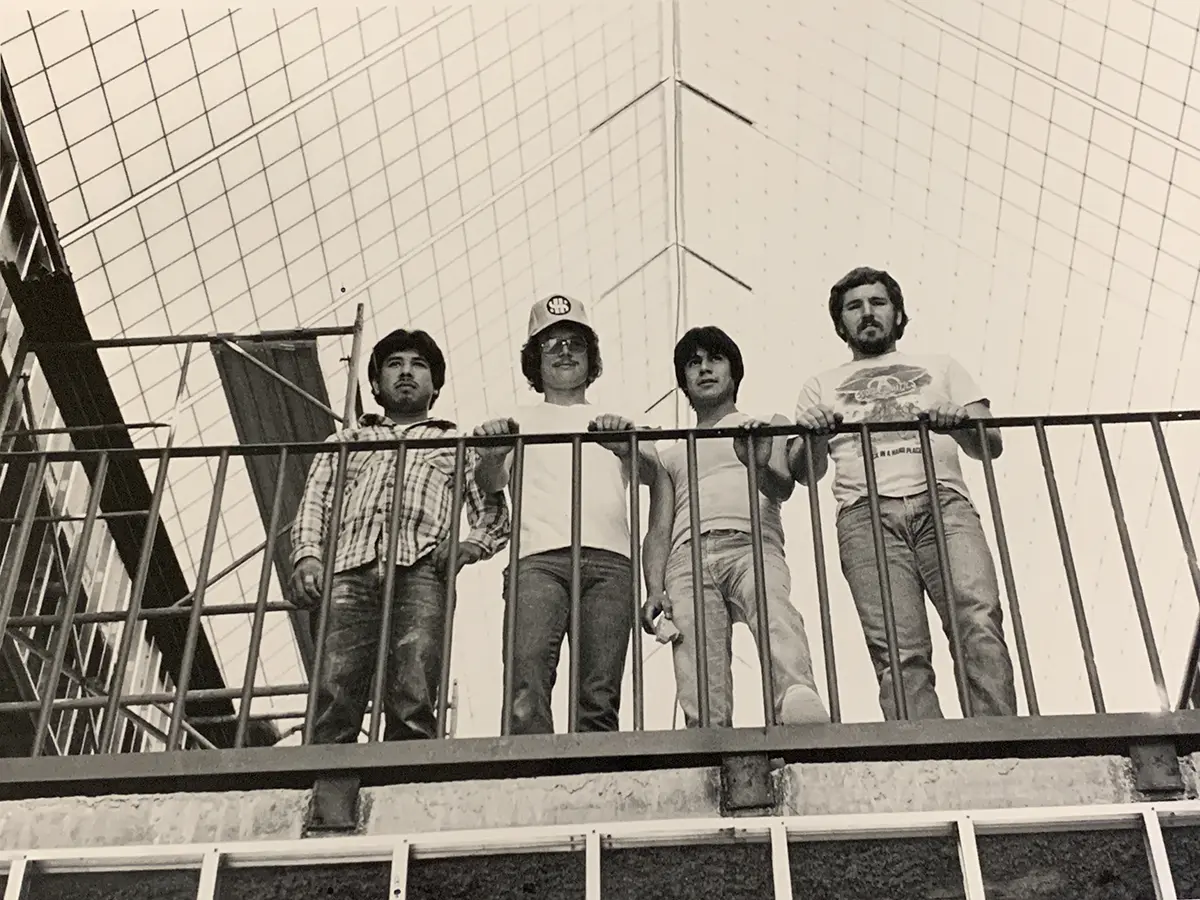
1983
John, Bill, and Ralph Marek
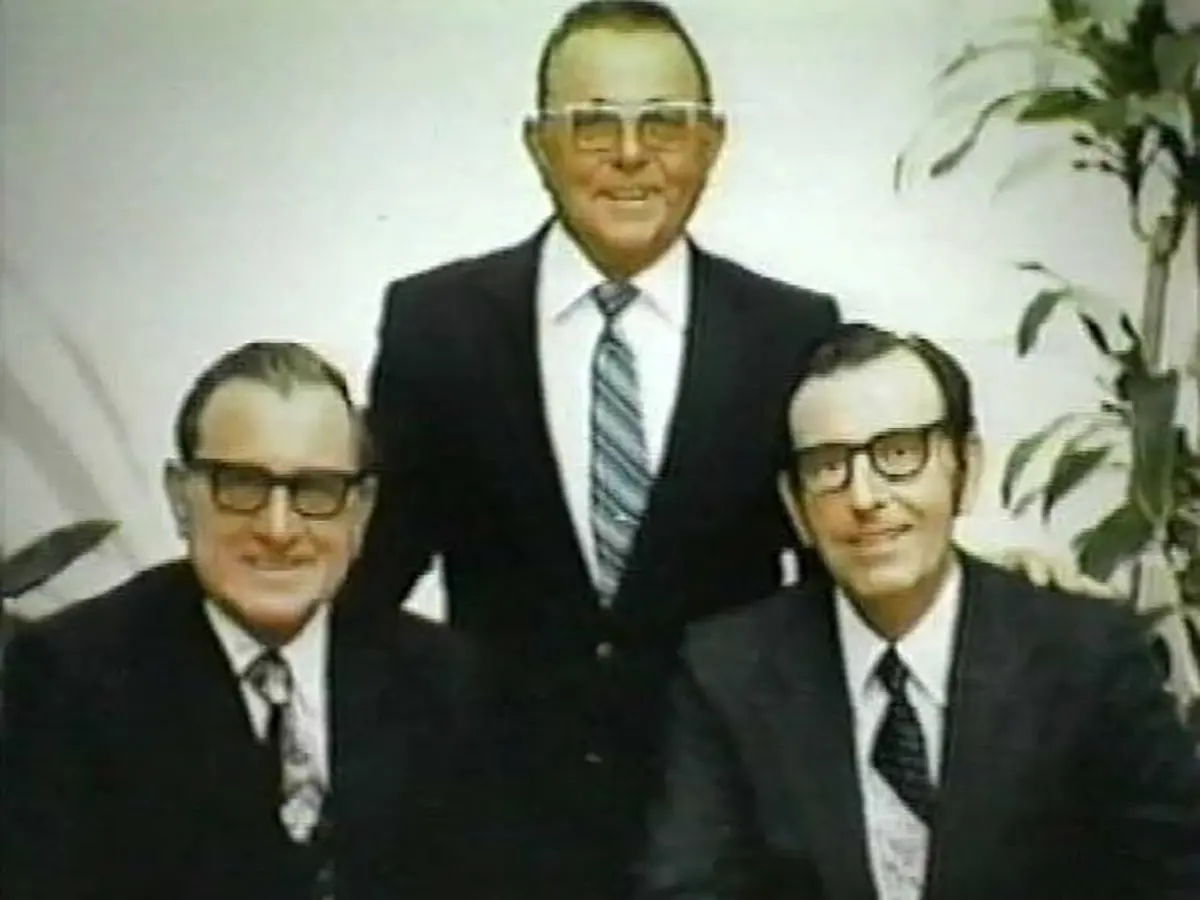
1984
IBM – Austin’s first project completed

1986
Atlanta branch established

1987
191 Peachtree – Atlanta’s first project
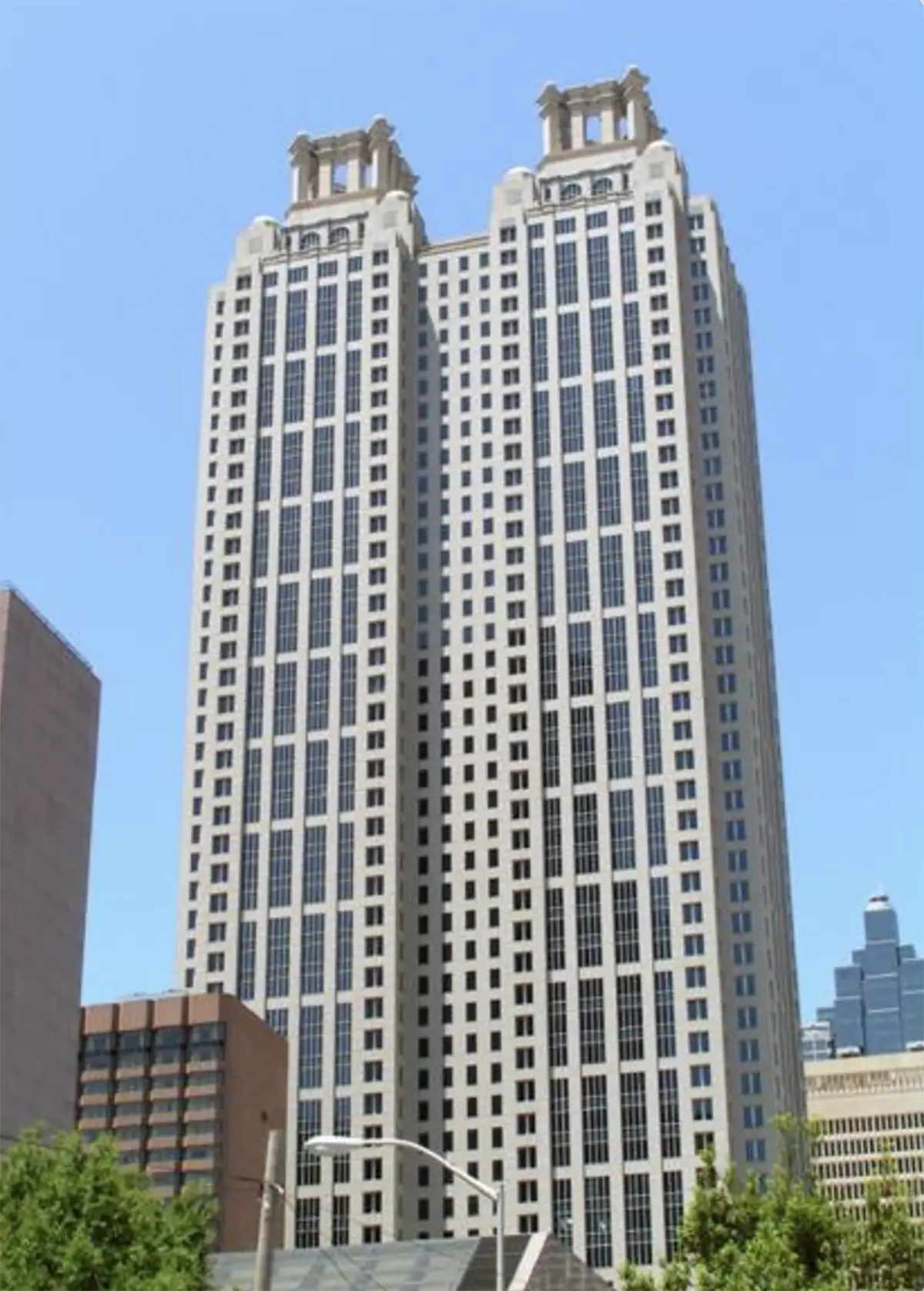
1988
USAA – Notable project in San Antonio

1989
Valley International Airport Remodel & Expansion – First project in Harlingen
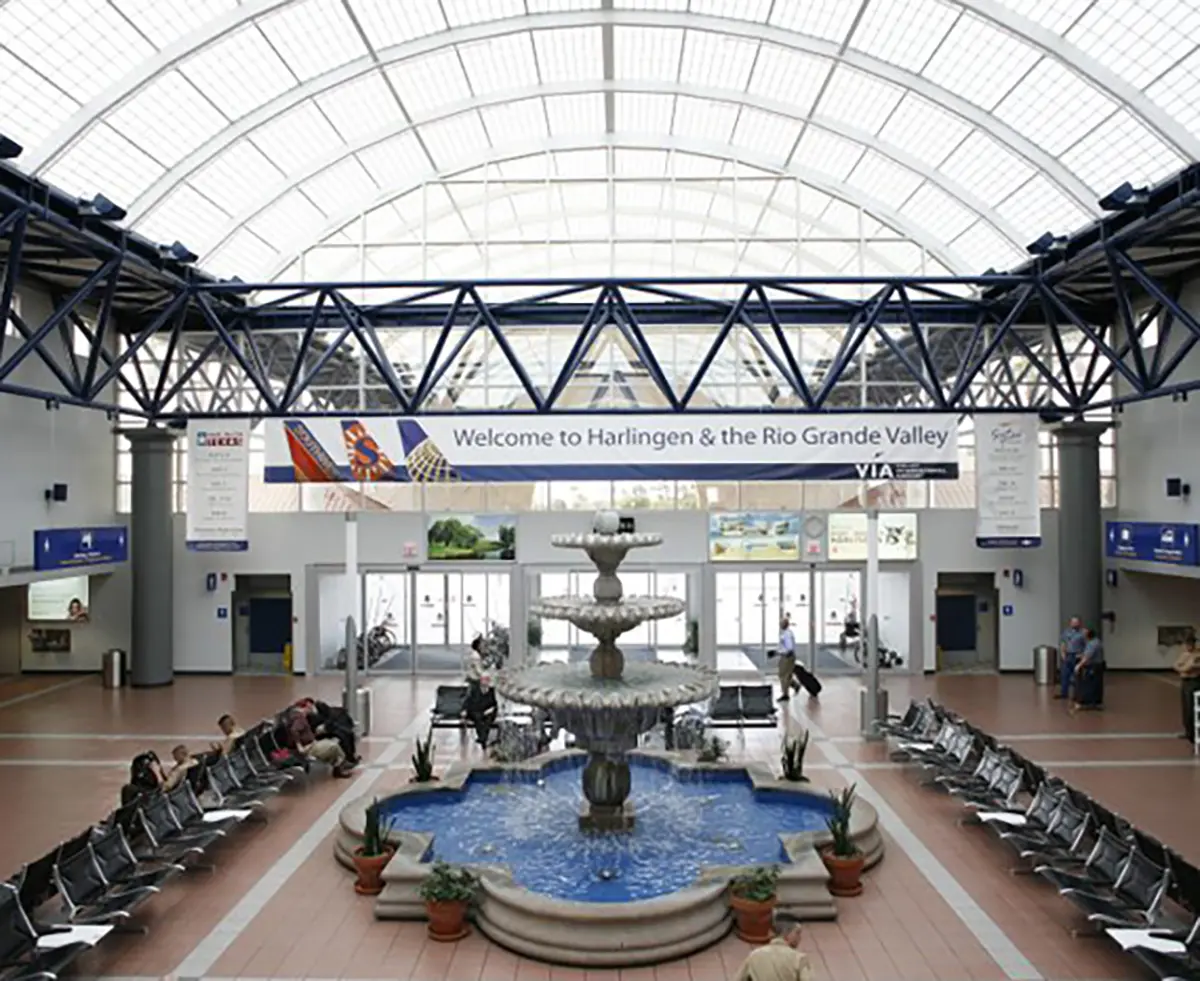
1991
Georgia Dome – Notable project for Atlanta
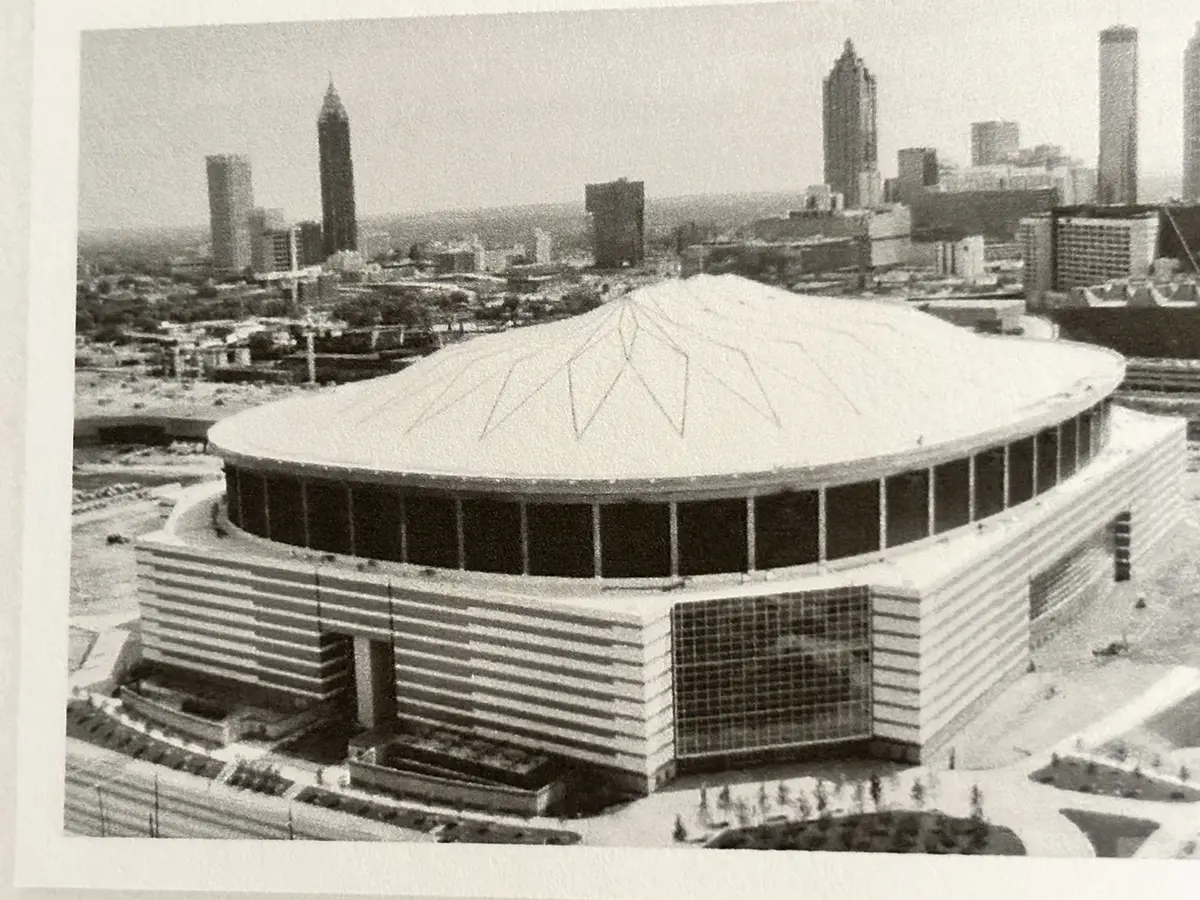
1995
Dewitt Chuchwell, John L Marek, Grady Atnip
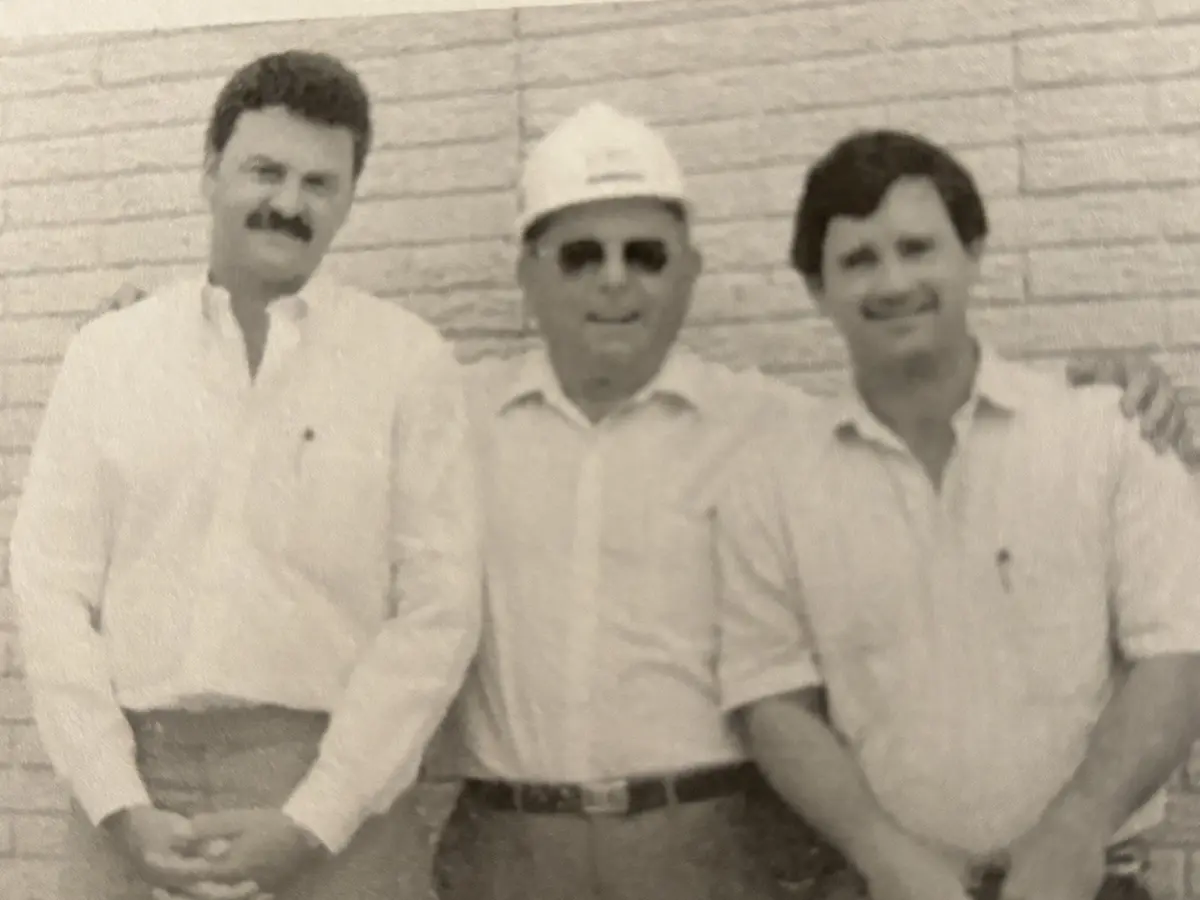
1996
MEMCO Staffing established
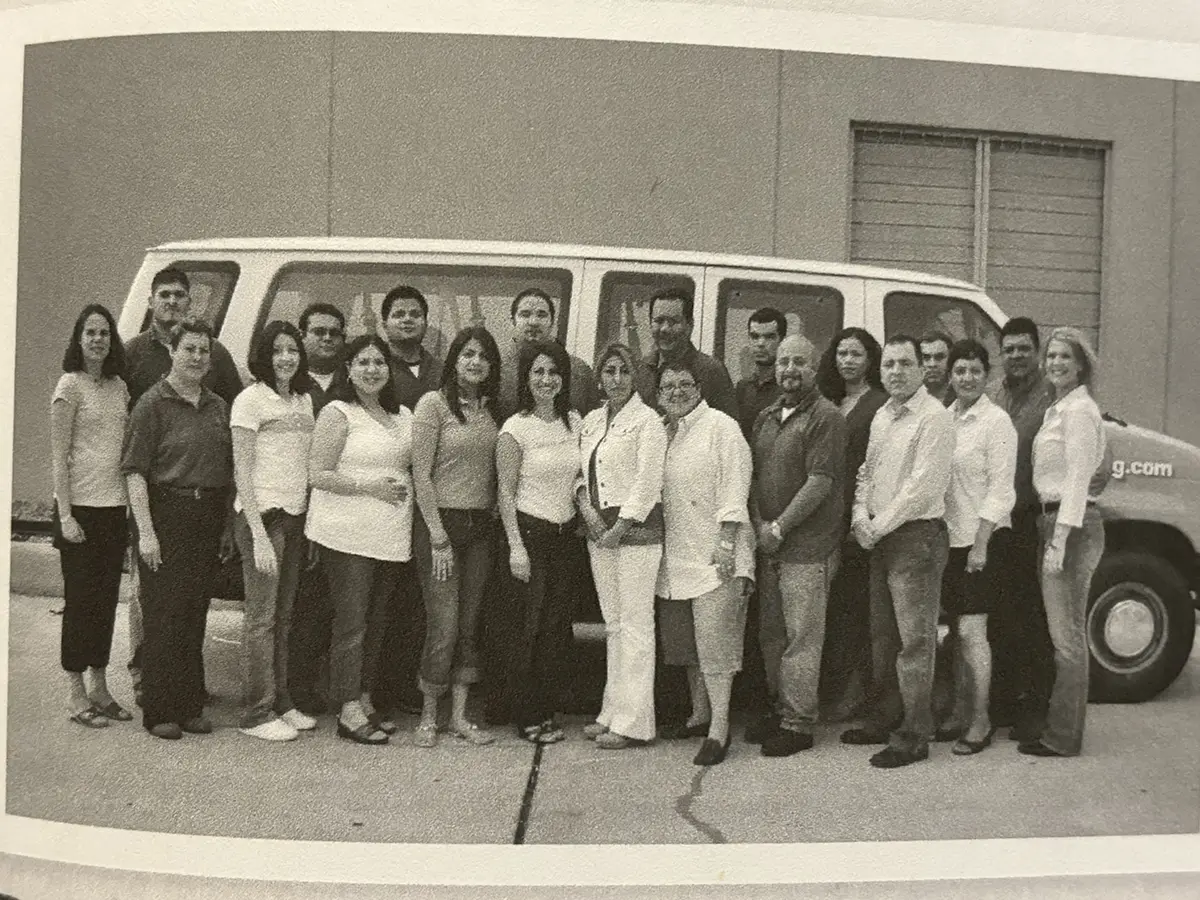
1996
Olympic Stadium – Notable project for Atlanta

1997
Harlingen Branch established

1998
George Bush Presidential Library work completed
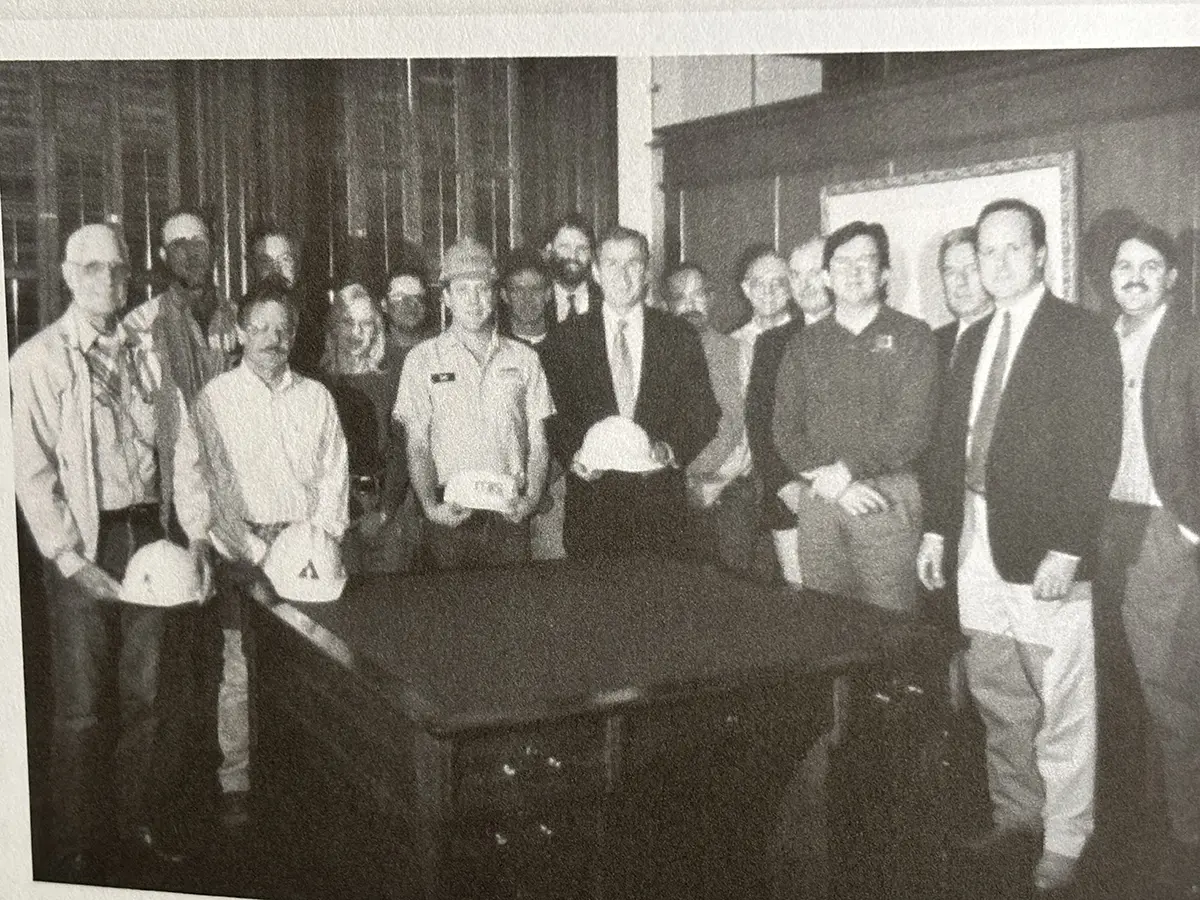
1998
MBC Built 100 Homes in partnership with Habitat for Humanity
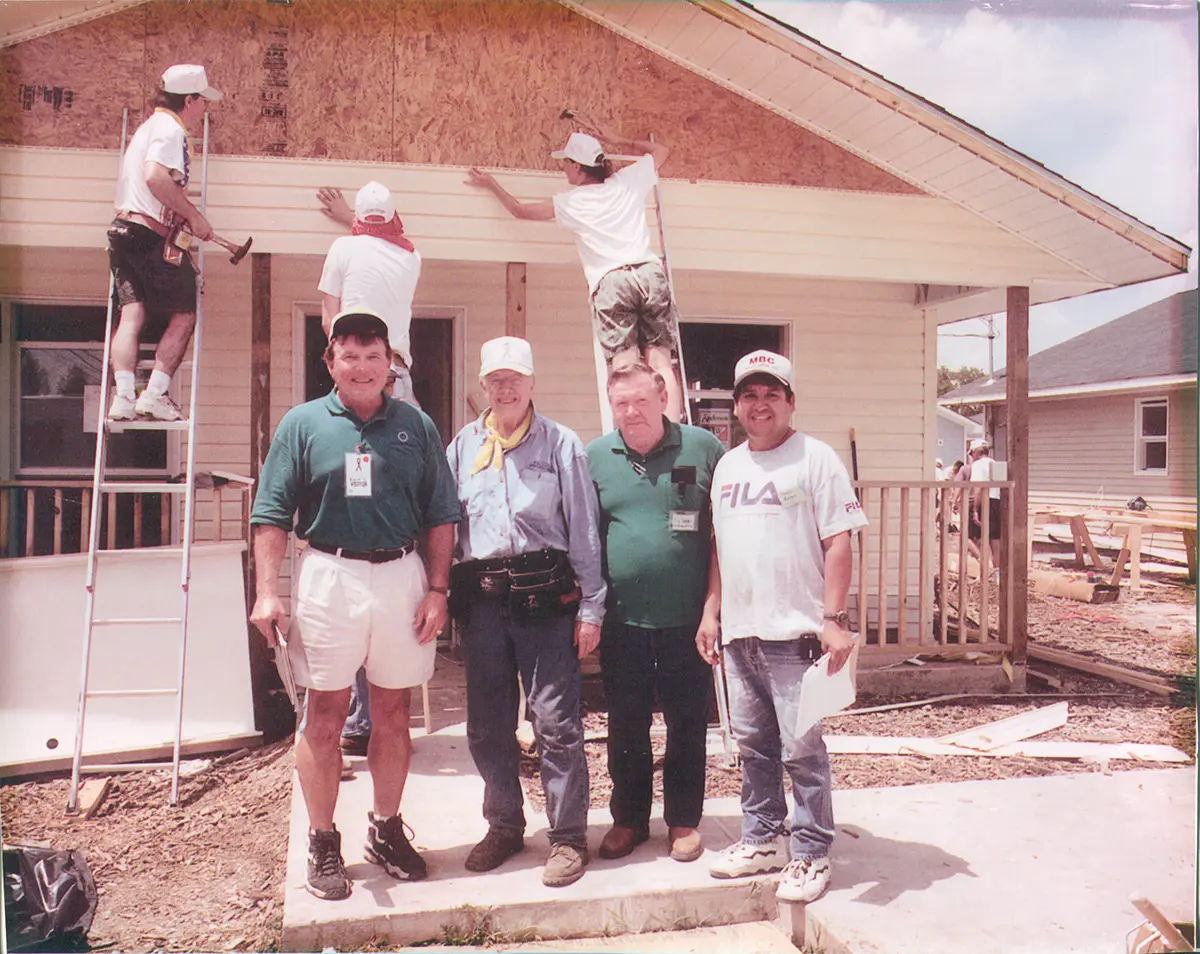
2000
Texas State History Museum – Notable project for Austin

2005
Fort Worth branch established
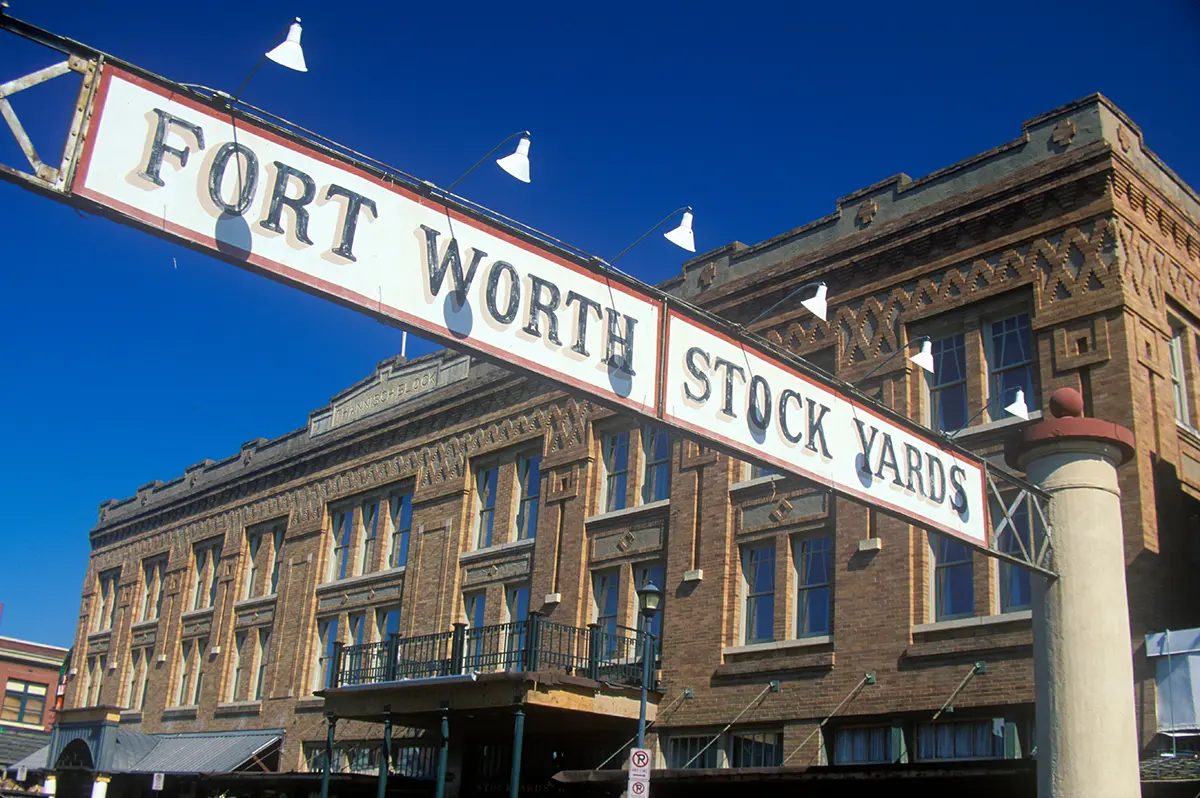
2009
Cowboys Stadium – Notable project for Dallas
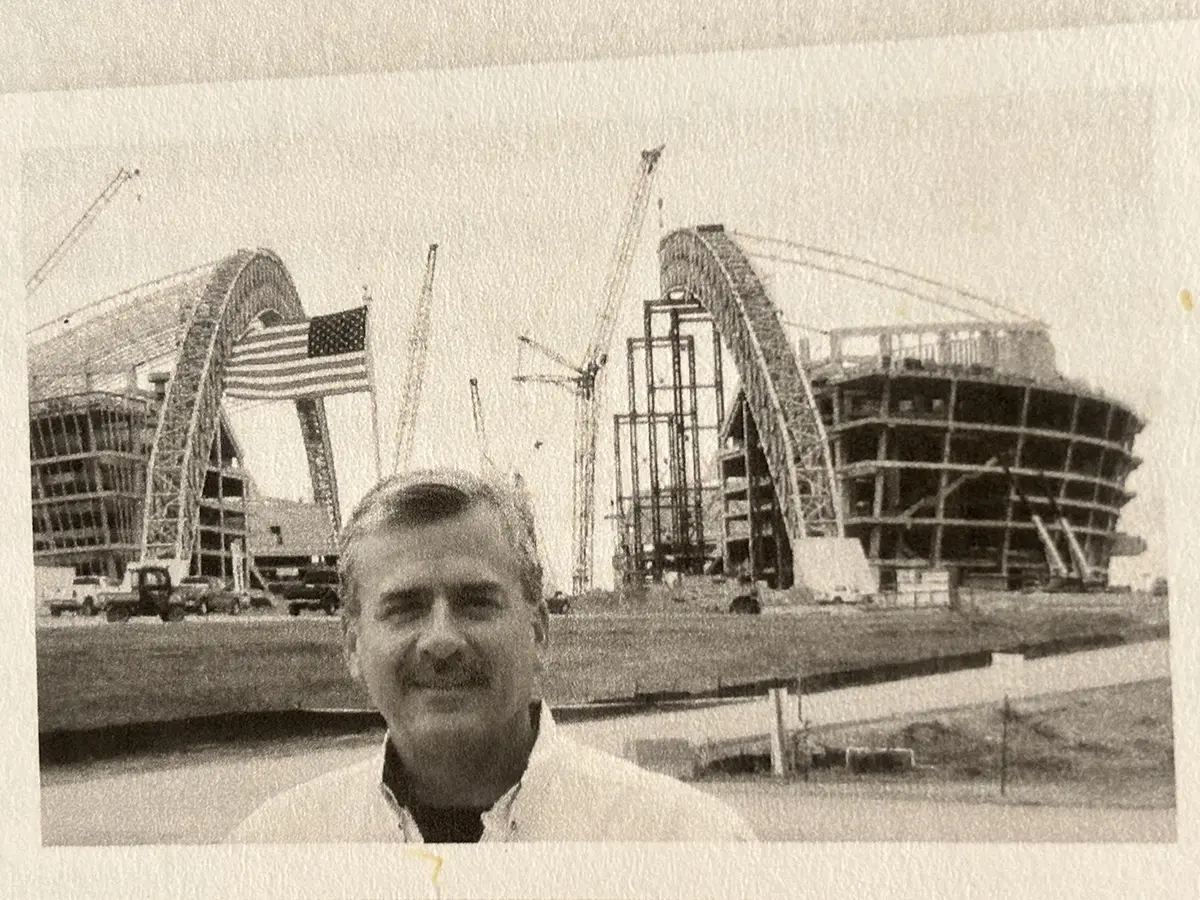
2013
MAREK celebrates 75 years

2015
Performing Arts Center – Notable project for Harlingen

2016
Nashville branch established

2016
MEMCO celebrates 20 years
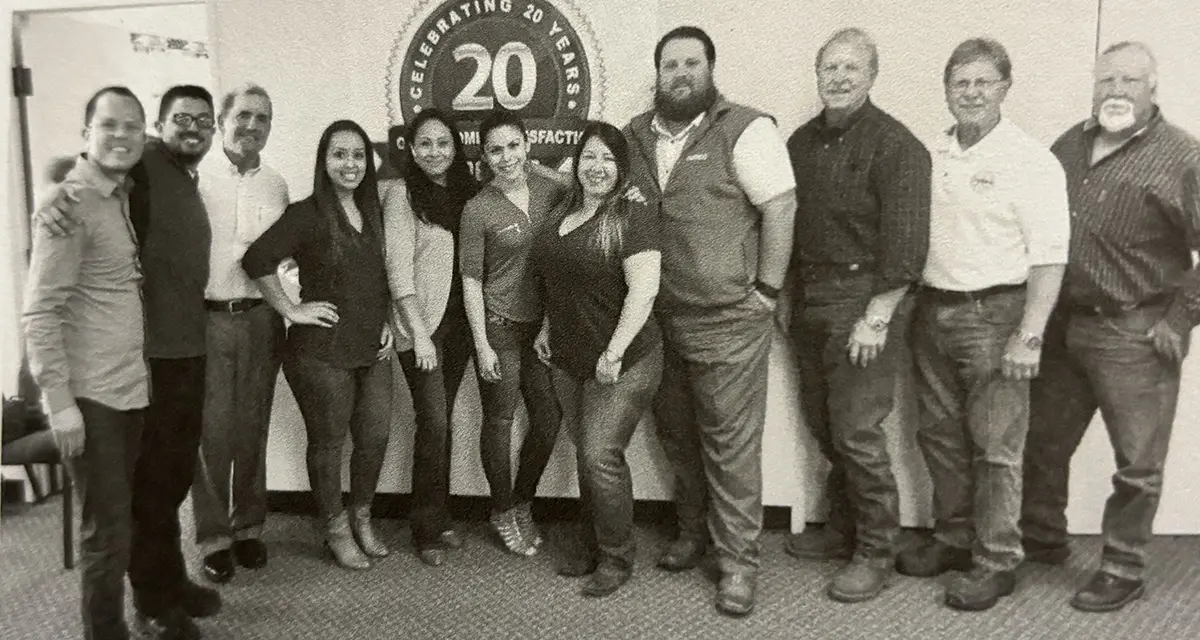
2019
Annunciation Greek Orthodox Cathedral – Notable project for Houston

2025
Bass Berry & Sims – Notable project for Nashville
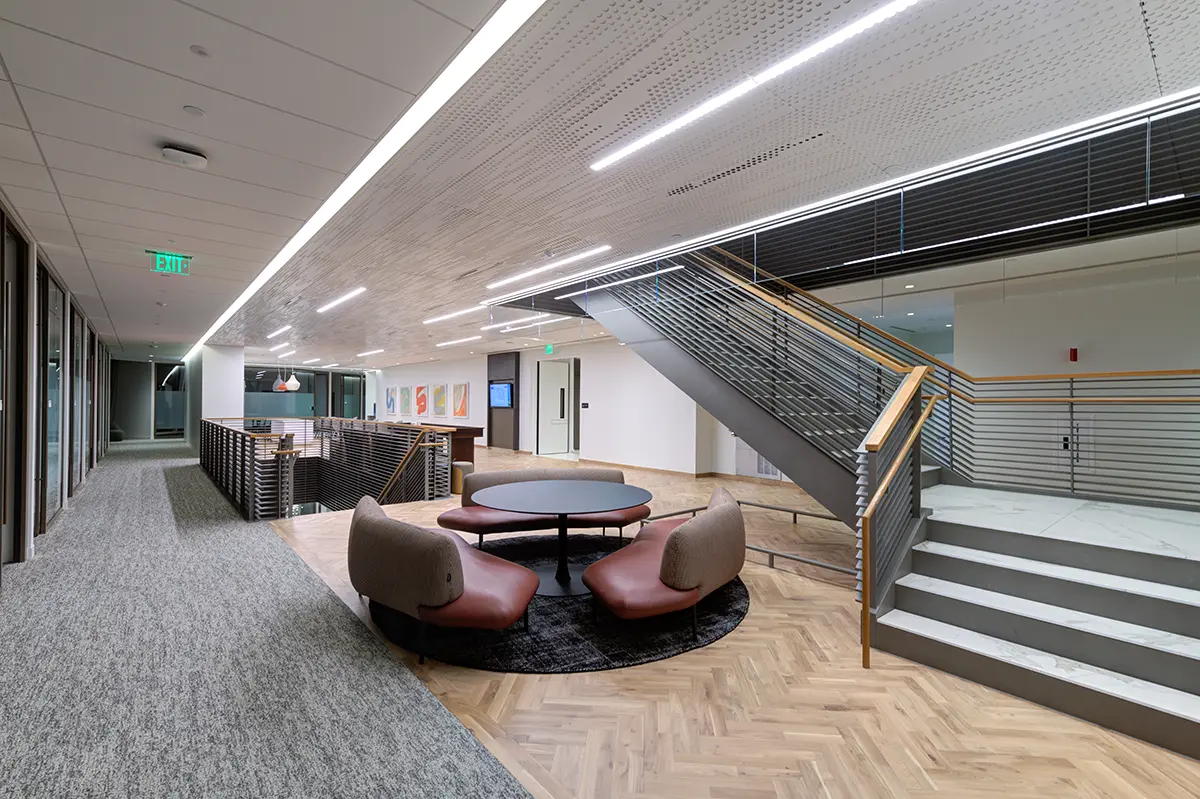
Today
Built on trust. Focused on the future.
Ready to make your own history?
Build a rewarding career here.
Ready to make your own history?